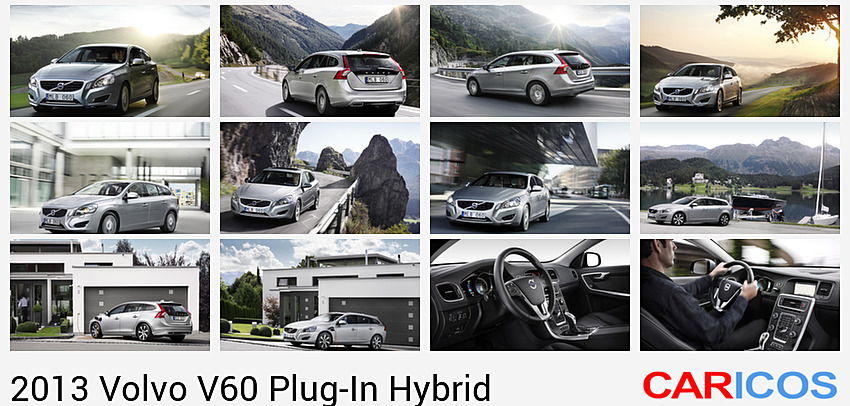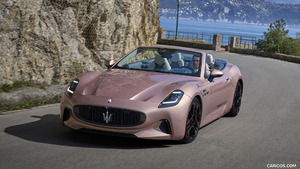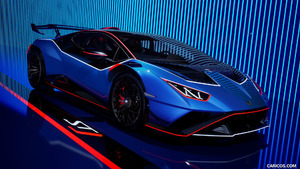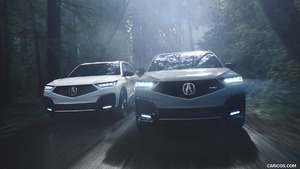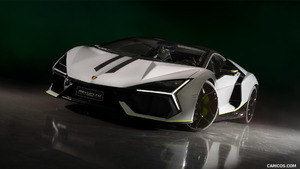An Examination of the 2013 Volvo V60 Plug-In Hybrid: An Innovation in Diesel Hybrid Technology
As we traverse the threshold into a future of greener automotive options, Volvo Car Corporation has added to the dialogue with their innovative Volvo V60 Plug-in Hybrid. This unique vehicle, introduced as Volvo's most technologically advanced model up until its release, represents a monumental leap towards the realization of renewable energy applications within the automotive industry.
An Intriguing Synthesis of Volvo and Vattenfall
The birth of the Volvo V60 Plug-in Hybrid is the result of a close partnership between Volvo Car Corporation and the Swedish electricity supplier, Vattenfall. Both companies took part in the funding of this development project, resulting in a product that signifies a significant shift in how we view the intersection of automotive manufacturing and renewable energy.

Industry Anticipation and Market Reception
Volvo's initial production of the V60 Plug-in Hybrid was constrained to 1,000 units, all slated to be delivered with the brand's highest tier Summum trim level, indicating a target audience with discerning tastes and environmental consciousness. With a starting price tag of around EUR 57,000, the vehicle occupied a particular niche within the automotive market. However, this restriction didn't hinder market interest; Volvo's leadership confidently predicted the sale of the entire initial batch before production even began.
Charting a Course for Hybrid Technology
The V60 Plug-in Hybrid is a noteworthy step forward in hybrid vehicle technology, offering superior environmental performance alongside traditional luxury car qualities. The model stands out for its advanced hybrid system, powered by a diesel engine, the first of its kind. Its emissions, in hybrid mode, are a staggering 65% lower than a conventional V60 diesel model, underscoring the magnitude of the vehicle's environmental credentials.
Furthermore, the V60 Plug-in Hybrid offers an intriguing blend of versatility and performance. With a push of a button, drivers can traverse up to 50 kilometres on electric power alone, or engage the combined force of the diesel engine and electric motor to tap into 285 horsepower and 640 Nm of torque. This functionality positions the V60 Plug-in Hybrid as a unique offering within the hybrid market, offering an impressive blend of environmental consideration and driving enjoyment.
Electrifying Launch and Future Market Expansion
The V60 Plug-in Hybrid was slated to make its mark in high profile venues in Stockholm, Berlin, and London, a nod to Volvo's intent to meet its customers in places they feel most at home. The company also projected an increase in production to 4,000-6,000 cars for the model year 2014. With a considerable portion of total volume destined for Sweden and the other Nordic countries, Volvo planned to extend its market reach into Germany, Switzerland, Belgium, France, the Netherlands, and Britain.

Vattenfall's Starter Pack: A Unique Initiative
In a move aimed at furthering the adoption of renewable energy, Vattenfall offered a unique starter pack to owners of the new V60 Plug-in Hybrid. The pack included 100% renewable electricity, produced by Vattenfall, and a wall-mounted charging station, offered within their core markets: Sweden, Germany, and the Netherlands. This initiative, in combination with the vehicle's green credentials, helped make the 2013 Volvo V60 Plug-in Hybrid a compelling proposition for both individuals and businesses seeking to reduce their environmental impact.
Driving towards a Sustainable Future
The 2013 Volvo V60 Plug-in Hybrid represents a significant step forward in hybrid vehicle technology, blending superior environmental performance with uncompromised luxury car qualities. Its introduction has not only made a strong statement about Volvo's commitment to renewable energy but has also ignited the dialogue about the broader industry's direction towards a sustainable future.
